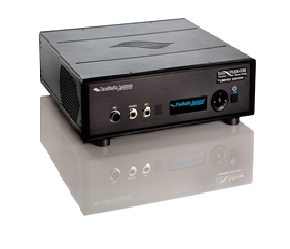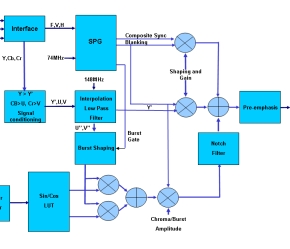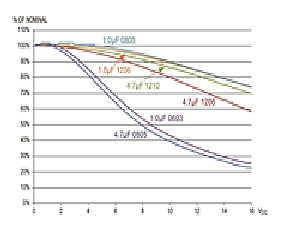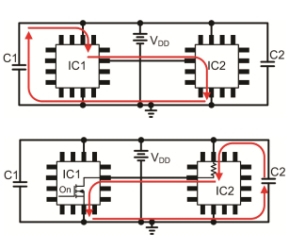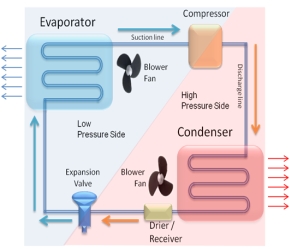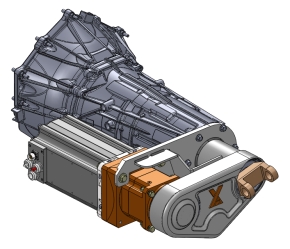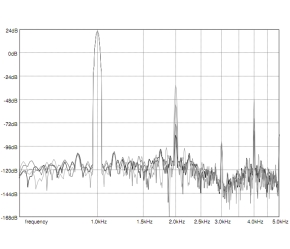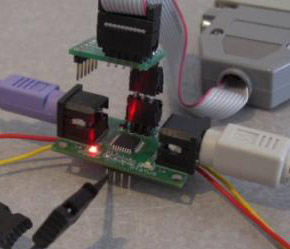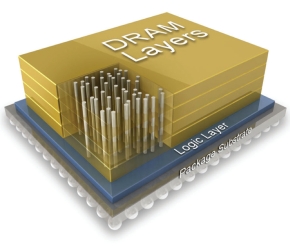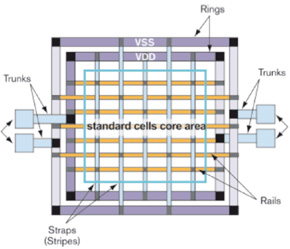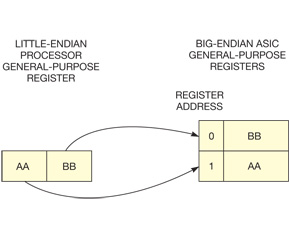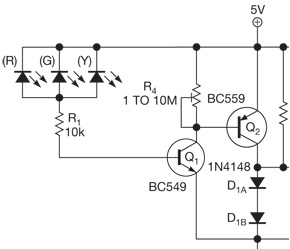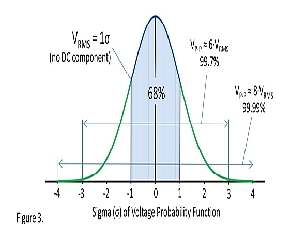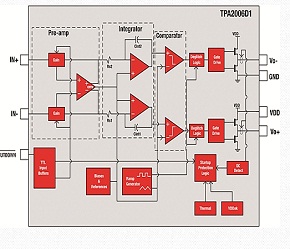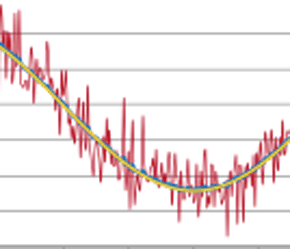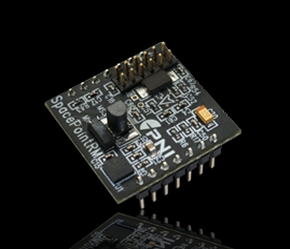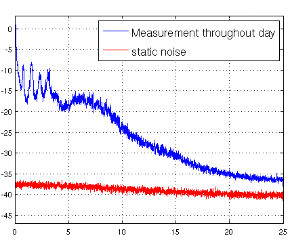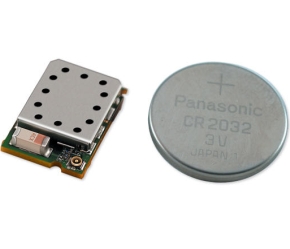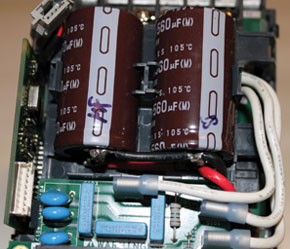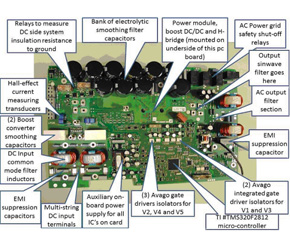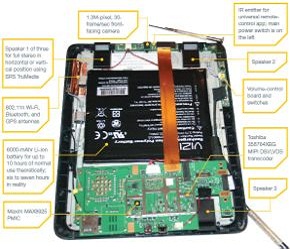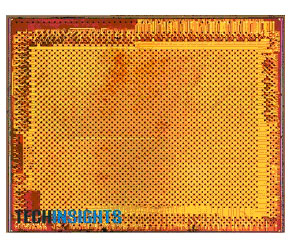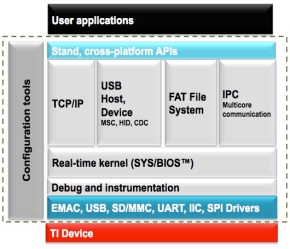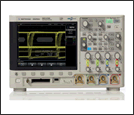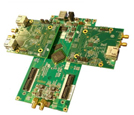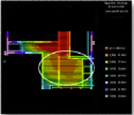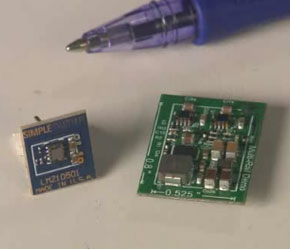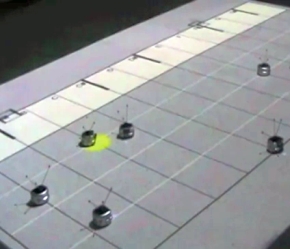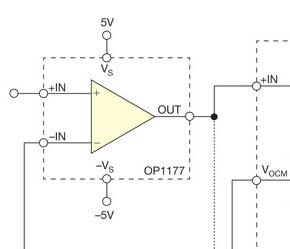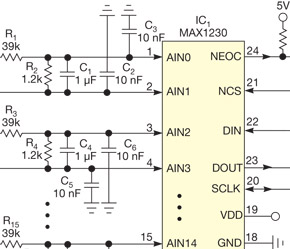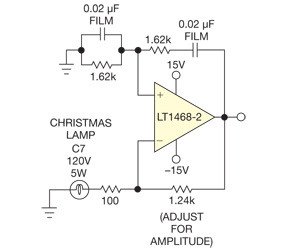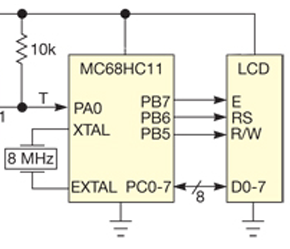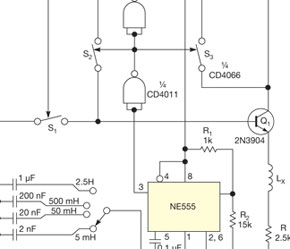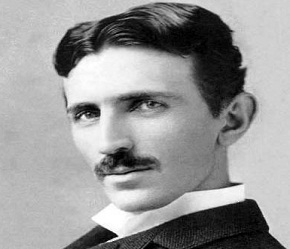The book that changed everything
Paul McLellan - February 11, 2009
Until
1979, IC design was done by specialists who understood every aspect of
the design from semiconductor fabrication, transistor characteristics,
all the way up to small blocks of a maybe a thousand gates which was the
limit of chip fabrication in that era. In the late 1970s this “tall
thin man” approach started to break down. Design was getting too complex
for people who understood the process to do it, and the process was
getting sufficiently complex to become the realm of its own specialists.
Everything changed thirty years ago with the publication of Mead and Conway’s book “Introduction to VLSI systems.” It is out of print but it was the most influential book in semiconductor design and design automation ever.
Mead and Conway separated design from manufacturing by creating simplified design rules for layout, and a simplified timing model suitable for digital design. No longer was it necessary to understand every nuance of the fabrication process, no longer was it necessary to consider every transistor as an analog device. The most important aspect of this is that it meant that computer scientists could design digital chips since they no longer needed deep electrical engineering knowledge.
I was at Edinburgh University at the time, finishing up my PhD (in computer science, not electrical engineering). John Gray, who had run Carver Mead’s silicon structures project at Caltech on sabbatical from Edinburgh returned carrying galley proofs of the yet-to-be-published Mead and Conway book. He ran a course based on this, one of the first on IC design in the UK I presume, heavily attended not just by the students who were meant to be on the course but by many of us faculty too.
Design became the province of computer scientists who understood enough about layout, enough about timing, enough about architecture and enough about test to successfully create state-of-the-art chips. Indeed, they could do so more effectively than the electrical engineers since chips were getting to be too large to do entirely by hand, and computer scientists already knew how to deal with complexity. They also started to create the first EDA tools, simple layout editors, simple simulators, rudimentary design rule checkers, because their natural instincts were never to do anything by hand if you could create a program to automate it.
Mead and Conway’s book created a cohort of IC-literate computer scientists who went on to populate the CAD groups of the semiconductor companies and, eventually, the EDA industry once it got going.
To see how big a difference it made, look at analog design versus digital design today. Analog design is largely done today the way digital design was done until Mead and Conway: deeply expert designers with the raw process models, raw design rules and polygons.
The next big change would be the invention of Verilog and RTL synthesis that meant that computer scientists could design complex chips with almost no knowledge of how chips worked, what a transistor was, how a chip was made. This new layer meant that front end designers and back end designers were different people with different skill-sets.
We seem to be on the cusp of another such layer with ESL tools starting to become much more widely used, allowing designers with very little hardware knowledge at all to create complex systems. The layer above that is software, already well-understood and with its own culture and tools.
10 Comment(s)
Share your thoughts.
To comment please Log In.
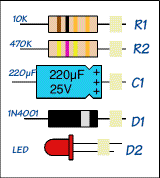
anonymous user
This book was popularized in India when I was a student at IIT, Bombay in 1987. It even covered asynchronous pipelines using a Muller C- element. Prof. Conway is still at U of Michigan. The concept of scaling that the two introduced and that Logic design did not need complex mathematical tools. I remember its was the least mathematical text I studied yet gave me the perspective on a "bright and shining future" in the land of VLSI. Now that the whole semi-con industry is at the end of the S-curve its good to know that Mead and Conway did the world a whole lot of good by inspiring many thousands to pursue a PhD. in VLSI design. My regards to C. Mead and L. Conway for this great text. Krylov S.
2.25.2009 4:24 AM EST

anonymous user
Guess that C&M was truly was the book that launched 1000 careers. At Cornell in 1982, C&M was used as part of a two semester course sequence, taught by Peter Krusius, that tackled both the theory and the pragmatics of building VLSI devices. Since our target process was GE CMOS rather than NMOS, we had to do some translating of the "sticks" approach. Also, since our foolish team decided to design an analog switched capacitor filter, rather than a simple digital system,our greatest learning experience was traversing and mitigating the many numeric instabilities of SPICE at that time. I painfully remember numerous late hours in the Applicon room wondering why someone hadn't yet developed a way of entering schematics (for SPICE) and automatically generating layouts. Little did I know that that 3 decades later people would still be battling to get the analog layout part right - I guess I shouldn't feel so bad that our chips didn't work when they came back from GE.
2.19.2009 2:45 AM EST

anonymous user
This blog brought back memories. I was an undergraduate at Caltech, and took Carver Mead's VLSI design course in my junior year, 1977-78, using drafts of the Mead & Conway book. The next year Ivan Sutherland taught the course and I was his TA, including handling arrangements for chip fabrication (each student did a chip fabrication project). My recollection is that John Gray taught a course on design representations that year (78-79), related to the PhD that Irene Buchanan was doing at the time. You are certainly correct that this time pulled many computer scientists into a field that had previously been the focus of electrical engineers. Three refinements to your thoughts. The first is that the abstractions were a lot easier when it was six masks making single-metal, six-micron NMOS, but even then, these abstractions did not apply to memory arrays. And in fact we were cheating, since standard production used more than six masks. The class was taught Monday-Wednesday-Friday, and on Friday, Amr Mohsen, then at Intel (prior to Actel, etc.) flew down from Intel and taught circuit design, primarily SRAM and DRAM design. So we had the good old fashion low-level detail circuit and device information as well, struggling with Stanford's MSINC circuit simulator on the IBM mainframe. Layout was also interesting because all our everyday plotting was in black and white, overlaying thin sheets of each layer. At night I would go to JPL to use their color pen plotter. The second refinement is that the focus in those days was going essentially from RTL straight to layout - the silicon compiler. Ultimately that was a dead end compared to logic synthesis. The third refinement is that the end of the book had a set of very forward-looking chapters. Not all the predictions in them have come true, but many of them have.
2.16.2009 11:29 AM EST

anonymous user
Yes, this was a great book. Prof Jacob Abraham (at U of Texas) created an experimental course at U. of Illinois in 1979 with this book. We had many non-commercial 'CAD' tools to use during the course with the final project a chip that could be fabricated on a Mosis (this assumed you could get everything completed during the semester...even in those years we faced the "Designer's Gap" and many did not get the work finished to meet a 13 week tape out schedule.
2.12.2009 11:25 AM EST

anonymous user
"Yet the key apsect is to have designers understand the physical hardware considerations and write software which synthesizes efficiently." That goes double for processor designers. Maybe we need languages more attuned to the silicon.
2.11.2009 7:45 PM EST

anonymous user
I was one of the unlucky few who took a class after it stopped being published, but the professor insisted on teaching from it nonetheless. Thus leading to a rebellion from the entire class and the professor getting hand slapped by the administration. Eventually I did come to acquire the book. So I have both fond and unhappy memories of the book.
2.11.2009 6:22 PM EST

anonymous user
Absolutely! This book changed a lot of things. I remember using it at Virginia Tech in 1983! I still have the book preserved in mint condition! We used it in a series of courses - starting from logic design, layout, manufacturing (we actually got our chips manufactured at MOSIS) and finally test. All-in-all, it was truly an excellent book to have come across - because of which I have a career in Silicon Valley!
2.11.2009 5:36 PM EST

anonymous user
Yes, this book broke the dam and led to a great many innovations using the abstraction like Magic, Lager, OCT, Espresso, MIS ... Yet caution today is that the stdcell abstraction is breaking down due to proximity, stress and other factors coming in at 28/22nm. ESL and C level HLS are maturing well, and design productivity needs a higher abstraction. Yet the key apsect is to have designers understand the physical hardware considerations and write software which synthesizes efficiently. This was the key element which sparked RTL synthesis adoption.
2.11.2009 1:10 PM EST

anonymous user
Paul, a great "blast from the past". I was working at Burroughs in Cumbernauld, Scotland at the time and we would occasionally visit U. Edinburgh (we might have even met each other in those days.....). Our CAD group at Burroughs bought a copy of Mead and Conway and although we were working on standard-cell based design (called "Tinkertoy" layout by Carver Mead at a talk he gave at VLSI 81 in Edinburgh which I attended), it came as a revelation that mere mortals could venture where only experts previously had dared to go. The other source of information I recall from that era was the magazine "Lambda" edited I think by Doug Fairbairn and Jim Rowson that was "straight out of Caltech". I had the opportunity to visit Caltech while on a trip from Scotland to California some time in the early 1980s. It''s all coming back to me now ... Thanks again
2.11.2009 12:43 PM EST

anonymous user
Paul, That was a great book and I bought one. At Intel we had our secret process to design computer chips that looked a lot like what Mead and Conway wrote about. We only used internally developed tools at the time, but even DRC and LVS was a manual process. www.marketingeda.com
2.11.2009 12:16 PM EST








